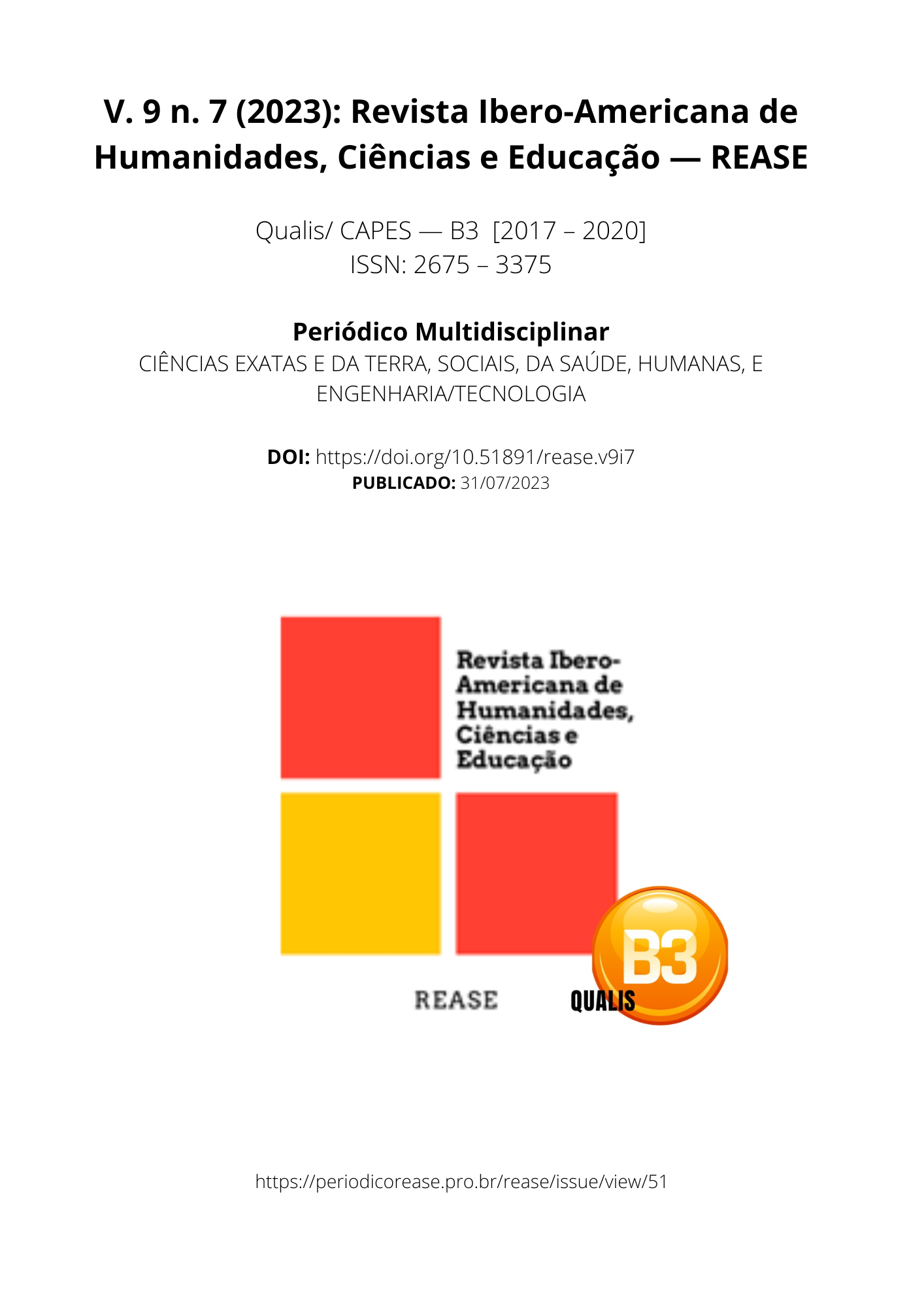ABNORMAL PULMONARY VENOUS DRAINAGE: CASE REVIEW
DOI:
https://doi.org/10.51891/rease.v9i7.10390Keywords:
Pulmonary venous drainage. Pulmonary venous anomalous. Anomalous pulmonary connections.Abstract
Anomalous pulmonary venous drainage is a congenital condition in which the pulmonary veins do not properly connect to the left atrium of the heart. Instead, they may have anomalous connections to the superior vena cava, inferior vena cava, or directly to the right atrium. This results in abnormal blood flow and can lead to cardiovascular complications. The evaluation of anomalous pulmonary venous drainage involves the use of imaging tests such as computed tomography (CT), magnetic resonance imaging (MRI), and echocardiography. These exams provide detailed information about the vascular anatomy, the anomalous connections of the pulmonary veins, and possible associated cardiac malformations. Radiological findings in anomalous pulmonary venous drainage include the identification of anomalous connections of the pulmonary veins, directing blood flow to other vascular structures. The presence of dilation, stenosis, or other morphological changes in pulmonary vessels may also be noted. Furthermore, assessment of blood flow through the anomalous connections is essential to understand the hemodynamics and determine the severity of the condition. The presence of complications, such as right ventricular overload or pulmonary hypertension, can also be assessed using imaging tests. Integration of radiological findings with clinical information such as symptoms, medical history, and other test results is critical to an accurate diagnosis and appropriate treatment plan. Understanding radiological findings in anomalous pulmonary venous drainage is crucial for therapeutic guidance, which may include corrective surgery or minimally invasive interventions.
Downloads
Downloads
Published
How to Cite
Issue
Section
Categories
License
Atribuição CC BY

